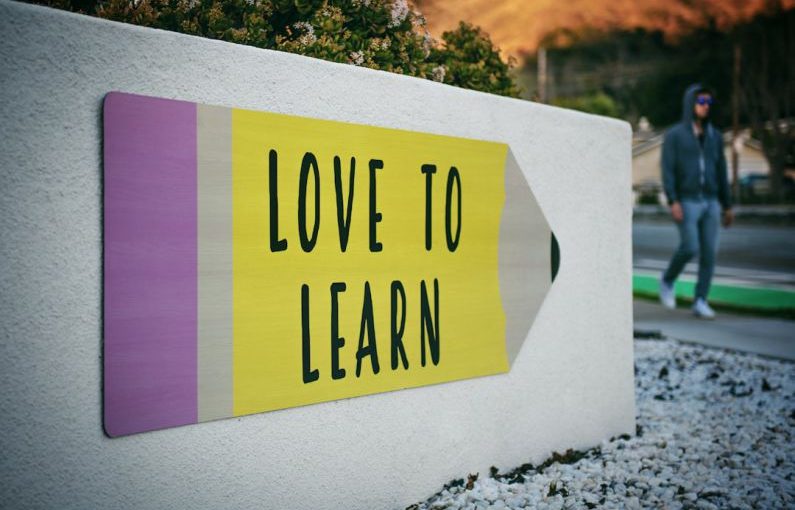Language is one of the most significant elements that shape and define a culture. It serves as a vehicle for communication, expression, and understanding among individuals within a society. The way people speak, the words they use, and the grammar rules they follow all contribute to the unique identity of a culture. When we explore different languages, we gain valuable insights into the beliefs, values, and traditions of various communities around the world.
Unraveling Cultural Identities Through Language
Language plays a pivotal role in cultural exploration by offering a window into the rich tapestry of traditions and customs that characterize a particular group of people. Each language is a reflection of the history and experiences of its speakers, encapsulating their collective memories and narratives. By delving into the nuances of a language, we can uncover hidden meanings, subtle nuances, and cultural references that may not be immediately apparent to outsiders.
For instance, the concept of time can be expressed differently in various languages, highlighting the cultural attitudes towards punctuality, tradition, and the pace of life. In some cultures, time is viewed as a linear progression, while in others, it is perceived as cyclical or fluid. Understanding these linguistic distinctions can provide valuable insights into the cultural mindset and worldview of a community.
Cultural Diversity and Linguistic Wealth
The world is home to a vast array of languages, each with its own unique structures, sounds, and expressions. From tonal languages like Mandarin Chinese to polysynthetic languages such as Inuktitut, the diversity of linguistic systems reflects the richness and complexity of human communication. By engaging with different languages, we not only expand our linguistic repertoire but also broaden our cultural horizons.
Exploring diverse languages allows us to appreciate the beauty and diversity of human expression. From the melodic tones of Italian to the intricate characters of Arabic calligraphy, each language offers a glimpse into the artistic and creative capacities of its speakers. Language is not merely a tool for communication but a form of art that embodies the essence of a culture.
Preserving Linguistic Heritage
In a rapidly globalizing world, many languages are facing the threat of extinction as dominant languages exert their influence on a global scale. The loss of a language represents more than just the disappearance of words; it signifies the erosion of cultural identities, knowledge systems, and oral traditions that have been passed down through generations. By preserving and revitalizing endangered languages, we can safeguard the cultural heritage of diverse communities and ensure that future generations have access to their linguistic roots.
Language revitalization efforts play a crucial role in maintaining the linguistic diversity that enriches our global tapestry. Through initiatives such as language immersion programs, community language workshops, and digital resources, endangered languages can be given a new lease on life. By supporting these endeavors, we can contribute to the preservation of linguistic heritage and the promotion of cultural diversity.
Embracing Linguistic Diversity
The importance of language in cultural exploration cannot be overstated. By immersing ourselves in different languages and embracing linguistic diversity, we open ourselves up to new ways of thinking, communicating, and relating to others. Language serves as a bridge that connects us to the past, present, and future, enabling us to forge meaningful connections with people from diverse backgrounds.
As we continue to navigate an increasingly interconnected world, it is essential to recognize the power of language in shaping our understanding of culture and identity. By celebrating linguistic diversity and promoting cross-cultural communication, we can build bridges of understanding and appreciation that transcend geographical and cultural boundaries. Language is not just a means of communication; it is a gateway to the rich and vibrant tapestry of human experience.





